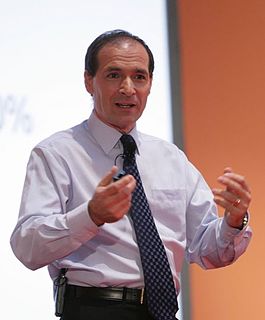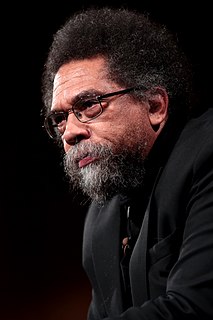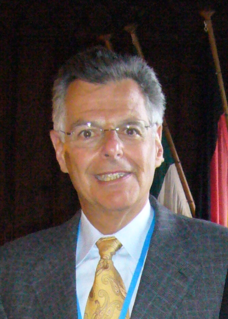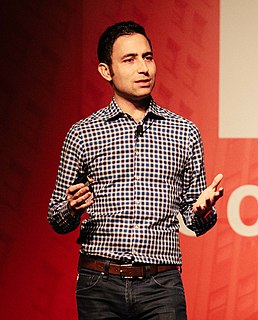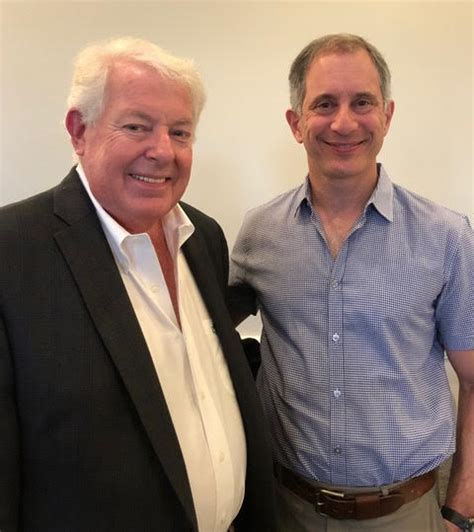A Quote by John Gerzema
While leaders spend considerable time and effort trying to envision markets and pushing out innovation, empathy can often generate simple, yet breakthrough ideas.
Related Quotes
I think markets are mechanisms that determine prices that are necessary for mass heterogenous populations, and markets do generate levels of technological innovation and productivity that is crucial. But when unregulated, they often generate levels of vast inequality and ugly isolation that makes it difficult for people to relate and connect with one another.
Innovation is not a big breakthrough invention every time. Innovation is a constant thing. But if you don't have an innovative company [team], coming to work everyday to find a better way, you don't have a company[team]. You're getting ready to die on the vine. You're always looking for the next innovation, the next niche, the next product improvement, the next service improvement. But always trying to get better.
We spend a lot of time and effort trying to figure out who's going to be a good NFL quarterback, and we do a very bad job of it. We don't really know. And we also spend a lot of time trying to figure out who will be a good teacher, and we're really bad at that too. We don't know if someone is going to be a good teacher when they start teaching. So what should we do in those situations in which predictions are useless?

